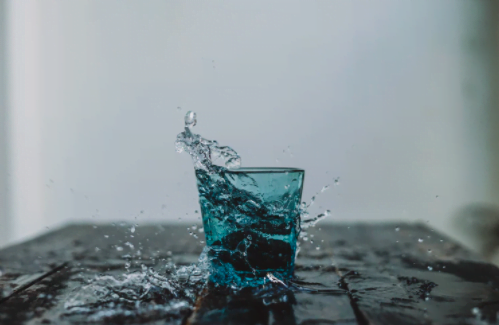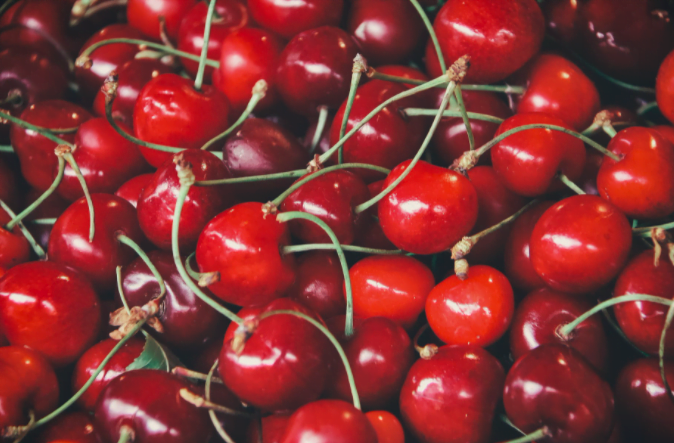Quick ways to relieve your muscles post-workout
Post-workout soreness is to be expected and is an entirely normal reaction to training. While the levels of discomfort may vary, especially after an intense session, there are times when it can feel almost incapacitating, leaving you desperate to find relief. So what can you do to treat sore muscles fast? Here are eight quick ways to relieve your soreness so that you can get back to training and the rest of your daily activities quickly and pain-free.
Table of Contents
ToggleTreat yourself to a massage
Massages not only feel good, but studies have found that getting a massage post-exercise can reduce pain significantly. This is thanks to the reduction of compounds that cause inflammation in the body called cytokines. Massages also reduce inflammation by boosting circulation to tissues and promoting cell function and repair by stimulating mitochondria in cells.
Move your body
When you feel sore after a workout, it can be tempting to rest and move as little as possible until it eventually passes, but this won’t do anything to provide fast relief. Soothe soreness and stiffness by doing some gentle stretches and exercises – the trick here is to do something light to increase circulation and blood flow in your body to help speed up the recovery process. Research even shows that gentle movement, or “active recovery,” is an effective way to ease tension and pain.
Don’t forget your H2O
Some research shows a link between increased muscle soreness and dehydration, with muscle spasms and cramping all being indicators. When the muscles break down after a workout, toxins need to be filtered out of the body. Water helps with this process, removing toxins and waste products often associated with increased muscle aches and pains.
Therefore, if dehydration equals an increase in soreness, increased hydration levels should counteract and minimize it.
Use a foam roll
Foam rollers have grown in popularity thanks to their effectiveness in repairing muscles, enhancing tissue healing while reducing swelling. While it can hurt a little due to the application of direct pressure on a sore or tight muscle, just 20 minutes of foam rolling using a high-density roller directly and 24 hours following a workout can reduce tenderness. Foam rolling also improves blood and oxygen flow and can make you feel better in general.
Get some sleep
It is a well-known fact that the body recovers when sleeping, thanks to growth hormones that help the body repair and grow. Therefore, ensuring that you get enough sleep is often the exact thing that your muscles need and is a simple but effective way to speed up the recovery process.
While there aren’t many direct studies to firmly back this up, it is known that a lack of sleep can result in increased levels of inflammation which contributes to muscle soreness experienced after exercising. Ensuring that you get your 7-8 hours of sleep every night can help alleviate this so you can jump into your next workout quicker.
Apply heat
Heat has long been used to alleviate muscular pain by opening up the blood vessels, which help to aid the healing process, relax the muscles, and reduce swelling along the way. Apply heat to affected areas for a natural remedy that is quick and simple, either via a heating pad or a hot bath or shower.
It’s best to apply heat straight after exercise to get the best results, with research showing that those who used heat wraps for eight hours post-exercise experienced minor soreness.
Drink some cherry juice
Cherry juice is an excellent post-workout remedy to alleviate muscle soreness, and there is scientific evidence to back it up. Tart cherry juice, specifically, is loaded with anti-inflammatory compounds alongside high levels of anthocyanins – an antioxidant that helps reduce aches, pains, and soreness.
In one particular 2010 study, researchers found that runners who drank two bottles of the juice for a week, both before a race and on the day, experienced less pain than the placebo group. Additionally, tart cherry juice can enhance athletic performance thanks to its low glycemic index and blood flow enhancing effects. However, it is crucial to know that tart cherry juice has an exceptionally high sugar content, so you might want to watch your intake, especially if you have diabetes.
Try ice to ease the pain
The debate over which is more effective, ice or heat, is still ongoing. However, ice can also help to reduce swelling that comes after an intense workout session, reducing pain-causing tension and calming the nerves that sense pain. Whether you prefer heat or ice is down to your personal preference, but try placing an ice pack directly onto the affected area for 13-20 minutes if you are going for the cooler option. You can also alternate between one and the other to prevent elastic tissue damage.
Wrapping up
Muscle soreness is an inevitable part of working out, but that doesn’t mean you have to put up with it for long. From heat to cherry juice to foam rolling, find what works best for you, ease your pain and discomfort to help you get back up and running fast, and remember that it is never too late to find relief, no matter how sore your muscles are.
Referenced articles:
- https://www.ncbi.nlm.nih.gov/pmc/articles/PMC5932411/
- https://www.self.com/story/how-much-water-should-you-drink-a-day
- https://www.ncbi.nlm.nih.gov/pmc/articles/PMC2874510/
- https://www.ncbi.nlm.nih.gov/pmc/articles/PMC5623674/
- https://pubmed.ncbi.nlm.nih.gov/25415413/
- https://pubmed.ncbi.nlm.nih.gov/27454218/





